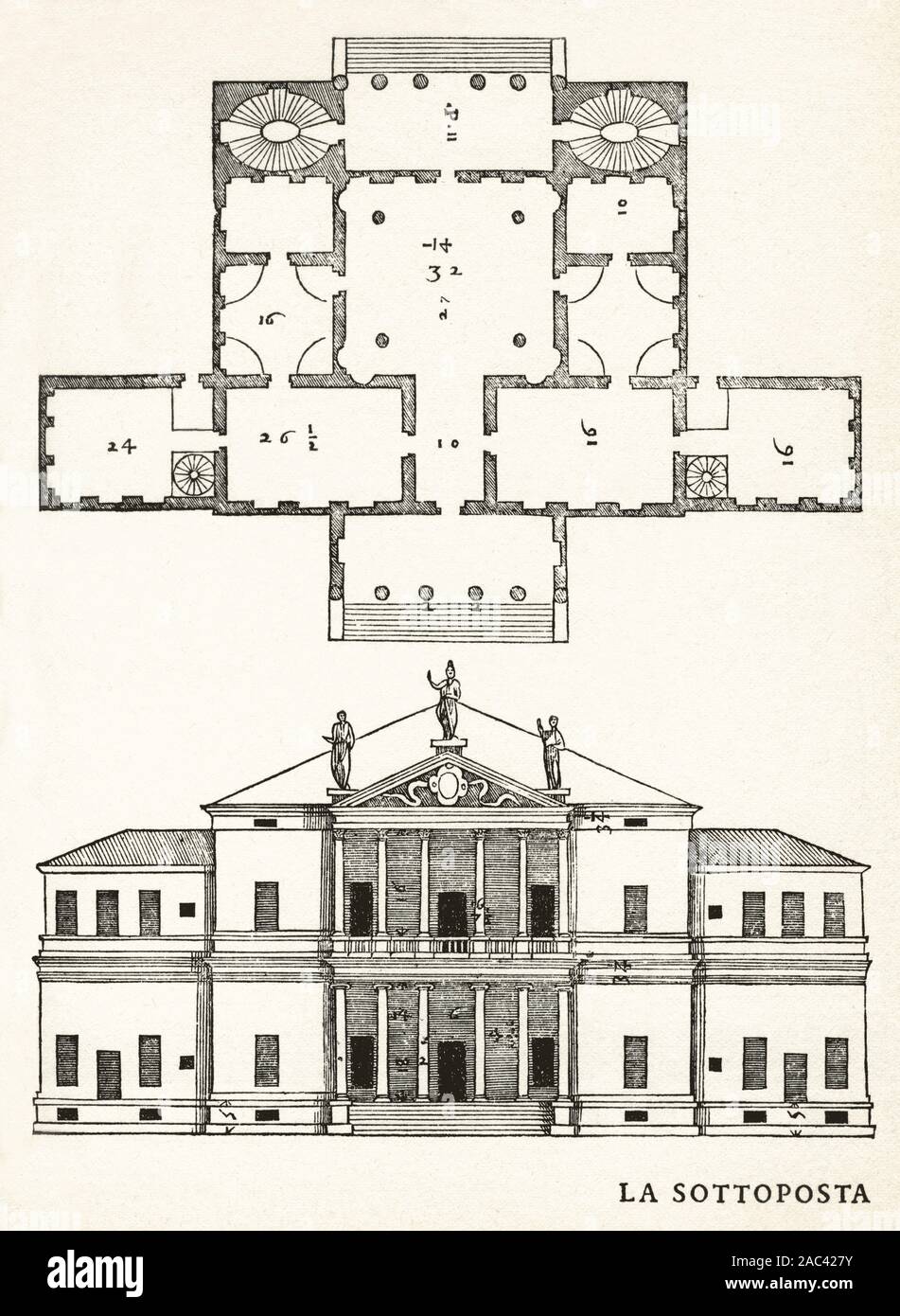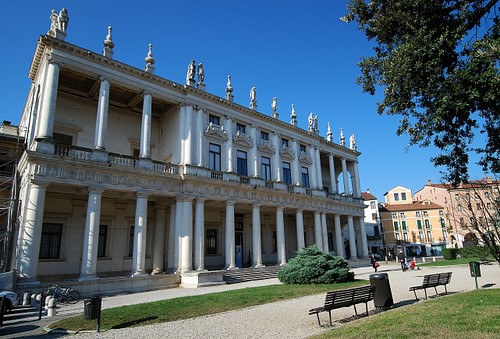
He had hoped to ensure the success of his publishing venture by establishing the seventeenth century English link back to Palladio. Under pressure to bring out his book quickly, Leoni did not receive permission to include Jones’s annotation in time for publication of his Palladio translation.

When Giacomo Leoni intended to publish his English translation of Palladio in 1715, he advertised the venture with claims that he would include in the publication “several Notes and Observations made by Inigo Jones never printed before” 4. Later architects, authors and editors recognized the importance of the library as the link between English architecture and the classical tradition as it had developed in Northern Italy during the sixteenth century. In his will, Jones took special care that the books would be kept together and held in trust by his assistant, John Webb. Palladio, in four books, Revis’d, Design’d, and Publish’d (.)ĤJones’s annotations are the most extensive examples of notes by a working architect of the time, and have been recognized as important almost from the moment of his death. 4 Andrea Palladio, The Architecture of A.The search for notes and other evidence of use have fueled sub-fields of the humanities including history of the book and reception studies 3. Marginal annotations by early modern readers help us to understand the reception of books and their contents 2. The importance of these annotations spreads in many directions, and have endless importance for scholars of Jones and the English architecture of the early seventeenthcentury, but also for historians of the Renaissance and its fortuna for they give us hints as to how architecture and architectural books of the fifteenth, sixteenth and early seventeenth centuries were understood and interpreted 1. Jackson, Marginalia: Readers Writing in Books, New Haven, Yale University Press, 2001.ģThe annotations by Jones are a remarkable historical survival and offer tremendous evidence of how this architect read and interpreted his books. 2 On annotating in the Renaissance see Anthony Grafton and Lisa Jardine, “Studied for action: How Ga (.).1 Sarah M cphee, “The architect as reader”, Journal of the Society of Architectural Historians, 58, 1 (.).If Jones began his architectural career searching for the key to architectural classicism in the details and nuances of the orders, he ultimately experienced an aesthetic discernment that was both personal and professional.

These notes are the cinematic voice-over, forever wedded to the text in a permanent gloss and record of the book’s effect on its reader.ĢThis essay will suggest that for Jones the books he read established an expectation of Renaissance architecture that was ultimately dislodged by the visual and emotional experience of seeing the buildings themselves. Jones’s famous handwriting, cramped and adjusted to the narrowness of the margin, is the running commentary on these printed texts and images. In fact, there are likely more words by Jones in his copy of Palladio than there are words by Palladio himself.

The densest annotations are in his copy of Andrea Palladio’s I Quattro libri dell’architettura (Venice, 1601) that he purchased not long after it was published and wrote in throughout his career.

Along each margin and across the plates themselves, and in the blank spaces of the page, are notes by Jones (fig. 1).


 0 kommentar(er)
0 kommentar(er)
